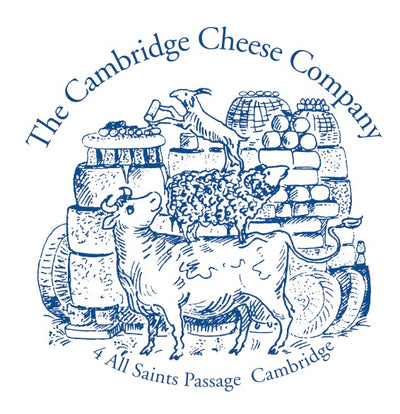Bleu de Laqueuille was first produced in 1850 by Antoine Roussel in the village of Laqueuille.
Antoine Roussel conducted many experiments to determine how best to mould blue cheeses. The recipe was originally a mixture of curdled milk and rye bread mould. This combination created a wonderful veining and the pricking of the cheese curd with a needle helped to aerate the cheese and encourage mould growth. These two techniques are still used in production today.
In 1949, in the small mountain town of Laqueuille-Gare, 950m above sea level, the cooperative Société Laitière de Laqueuille was founded. The business is owned in majority by the dairy farmers who also contribute their milk to production.
The original blue cheese from the area is Blue de Laqueuille, now lesser known than it’s successors, Bleu d’Auvergne and Fourme d’Ambert, two cheeses that were created as production spread across the surrounding mountainous Auvergne region.
The Société Laitière de Laqueuille continue to specialise in high quality, traditional, local cheese, and the moulds for their range of blue cheese still come from and are cultivated on bread.
The Bleu de Laqueuille is particularly special as it is only made from mountain milk and is still dry salted by hand. It is also only made during the summer and autumn months, using exclusively Salers cow’s milk. Salers cows are special in that they will only produce milk when their calves are present, so the animals are usually kept with their mothers for a long time and are also usually milked in mobile parlours out in the fields or on the mountains, both of which ensure an excellent quality of life for the animals.
The cows are outdoor reared on the mountains, and the cheese is made nearby, so there are not many food miles involved in production.
